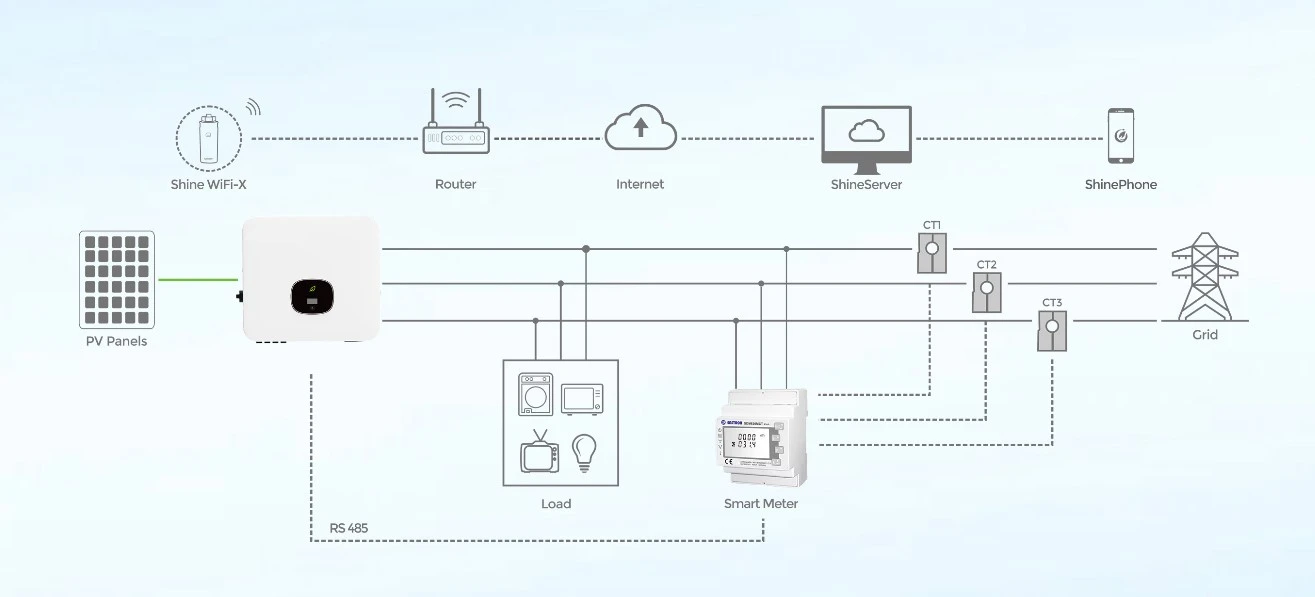inverter charger
Understanding Inverter Chargers Combining Power and Versatility
In the realm of renewable energy and portable power solutions, inverter chargers have emerged as a vital technology, revolutionizing how we manage electricity in various settings. An inverter charger combines the functions of a traditional inverter and a battery charger, seamlessly converting DC (direct current) from batteries into AC (alternating current) for household or commercial use. This unique capability allows users to utilize stored energy efficiently while ensuring that batteries remain charged when connected to a power source.
One of the primary benefits of inverter chargers is their versatility. They are commonly used in a range of applications, from off-grid solar systems to backup power solutions in homes. In solar power setups, for instance, an inverter charger can convert the generated solar energy into usable AC power for household appliances while simultaneously charging batteries for later use. This dual functionality not only maximizes energy use but also ensures that households have a reliable power supply during outages or cloudy days.
Another significant advantage is the convenience offered by inverter chargers. Unlike traditional generators, which can be noisy and cumbersome, inverter chargers operate quietly and efficiently. This makes them particularly appealing for residential areas or camping trips, where noise levels must be kept to a minimum. Additionally, many inverter chargers include advanced features such as automatic transfer switches (ATS) that switch the power source between grid and battery seamlessly, providing uninterrupted power supply without manual intervention.
inverter charger

Efficiency is a critical factor as well. Modern inverter chargers boast high efficiency ratings, often exceeding 90%. This means that most of the energy stored in batteries is effectively converted into usable power, minimizing energy loss. Furthermore, many models now include intelligent charging algorithms that optimize charging times and extend battery life, ensuring that users get the most out of their investment in energy storage solutions.
Safety is another critical aspect of inverter chargers. They are equipped with various protection features, including overload, short-circuit, and over-temperature protection, which safeguard both the unit and connected devices. This enhances user confidence and ensures that systems operate safely and reliably.
In summary, inverter chargers represent a significant advancement in energy management technology. Their ability to convert, charge, and manage power supplies makes them indispensable for both home and industrial applications. As the demand for alternative energy solutions continues to grow, inverter chargers are poised to play an even more crucial role in our everyday lives, enabling us to harness and utilize renewable energy efficiently and conveniently. Whether for emergencies, off-grid living, or simply reducing reliance on traditional power sources, inverter chargers offer a blend of functionality and power management that is hard to match.
-
String Solar Inverter: The High-Efficiency Solution for Smart Solar EnergyNewsJul.14,2025
-
Revolutionizing Rooftop Energy with the Power of the Micro Solar InverterNewsJul.14,2025
-
Power Independence with Smart Off Grid Solar Inverter SolutionsNewsJul.14,2025
-
On Grid Solar Inverter: Powering the Future with Smart Grid IntegrationNewsJul.14,2025
-
Monocrystalline Solar Panels: High-Efficiency Power for the Future of Clean EnergyNewsJul.14,2025
-
Bifacial Solar Panel: A Smarter Investment for Next-Generation Energy SystemsNewsJul.14,2025







